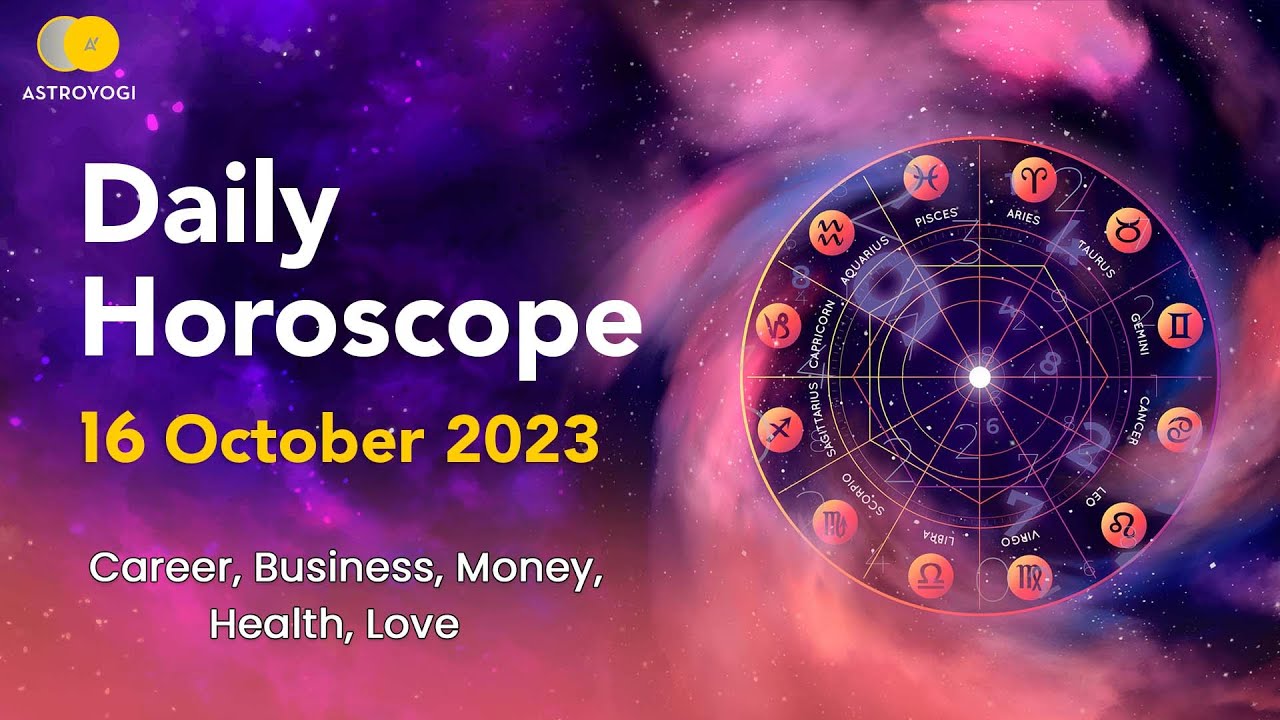Since ancient times, humanity has been fascinated by the cosmos above, seeking meaning and guidance from the stars that adorn the night sky. Accurate astrology reading, the study of celestial bodies’ positions and their influence on earthly affairs, stands as one of the oldest and most enduring systems of understanding the interconnectedness between the celestial and terrestrial realms.
The Origins and Foundations of Astrology
Astrology’s roots trace back thousands of years to civilizations like the Babylonians, Egyptians, and Greeks, who perceived a correlation between the movements of planets and stars and the events occurring on Earth. These ancient cultures observed patterns and cycles in the sky, believing that these cosmic rhythms held significance for human life.
The core principle of astrology lies in the belief that the positioning and alignment of celestial bodies at the time of a person’s birth can provide insight into their personality traits, behavior, relationships, and even destiny. The zodiac, a celestial belt divided into twelve segments, each associated with specific constellations, forms the basis of astrological readings.
Understanding the Elements of Astrology
The Zodiac Signs:
The zodiac comprises twelve signs, each linked to particular characteristics and attributes. Aries, Taurus, Gemini, Cancer, Leo, Virgo, Libra, Scorpio, Sagittarius, Capricorn, Aquarius, and Pisces each embody distinct qualities and traits, influencing individuals born under their respective signs.
Planetary Influences:
Astrology also accounts for the positions of planets like Mercury, Venus, Mars, Jupiter, Saturn, Uranus, Neptune, and Pluto. Each planet is associated with certain qualities and governs different aspects of life. Their placements within specific zodiac signs and houses contribute to the intricate web of astrological interpretations.
